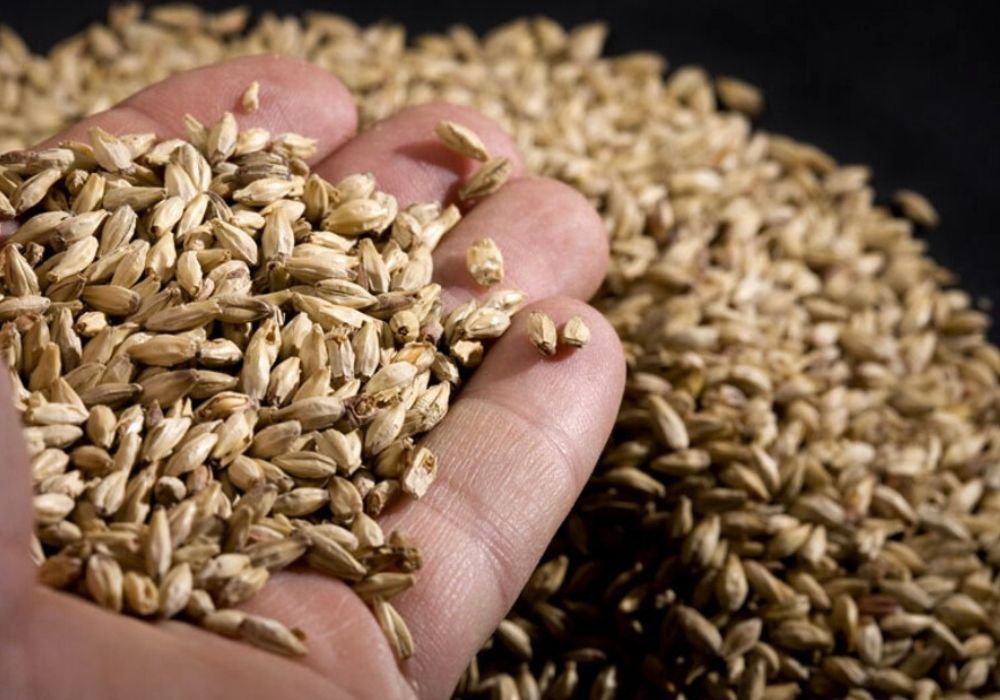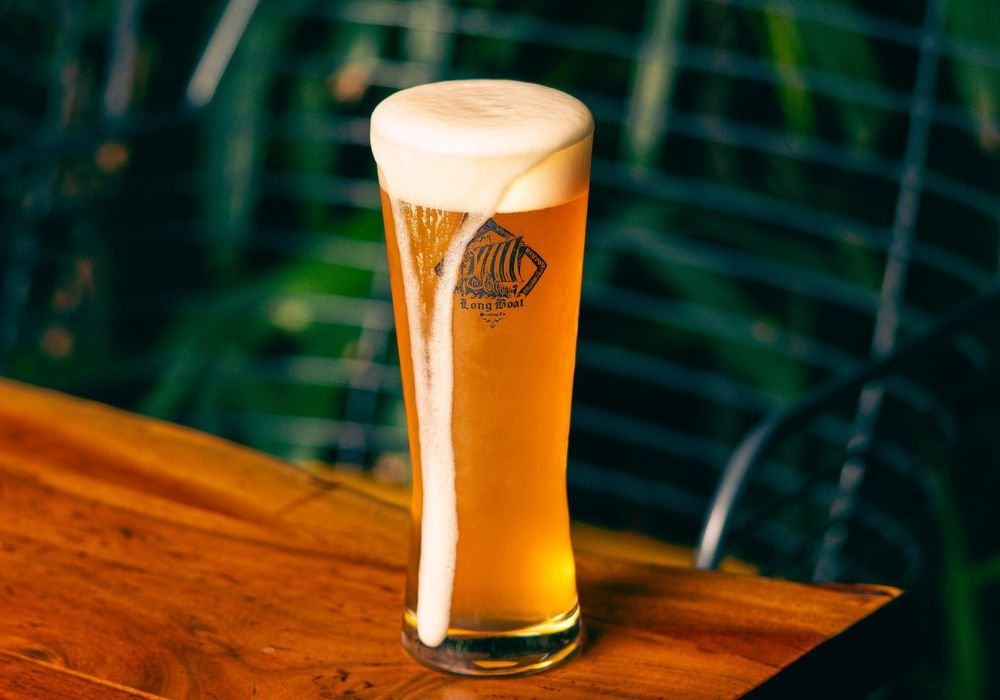The Summer of Saison
Robert Percival
Regional Sales Manager Europe, Lallemand
Robert Percival, Regional Sales Manager Europe for the brewer’s yeast, bacteria and nutrients, Lallemand
Robert Percival has been with Lallemand for 6 years, is a certified Doemens Beer Sommelier and obtained many qualifications from the Institute of Brewing and Distilling. Prior to joining Lallemand Robert has held positions as a brewer for Copper Dragon in theUK and as a quality control manager for Heineken UK.

It seems a life time ago now but “The summer of Saison” hailed the revival of a much loved and mysterious beer style and arguably Saison style beers have been a staple favorite of the modern craft beer sector since, albeit a relatively specialist niche style. Indeed, Saison style beers are certainly nothing new. On the contrary, this historical beer style has been brewed for centuries. Originally hailing from French-Belgian border regions (Wallonia in particular) this simple and thirst quenching farmhouse beer style was brewed in the winter months and consumed by sated seasonal farm workers (“Saisonniers”) toiling away in the height of the summer, what could be more refreshing? Traditionally, the recipe composition of these beers have been quite simple (see overleaf for an example recipe). Simple grist and modest flavourings (with hops and/or spices) make way for the center piece of the beer; the yeast. Saison yeasts are revered for their complex aromatic and flavor qualities, offering something unique and complex; citrusy esters balanced with spicy peppery notes and typical phenols we have come to associate with Belgium in particular. They are top fermenting yeasts that have high temperature tolerance and can be brewed in rangesas extreme as 15-350C.

As our collective understanding of yeasts has advanced so too has our appreciation for the darker arts of fermentation. In this regard Saison yeasts, largely classified as Saccharomyces Cerevisiae var. Diastaticus, should be handled and revered with respect. This article seeks to introduce and highlight the unique nature of Diastaticus yeasts, what they are, sources, how they can be detected and how they should be handled. Knowledge sharing and fundamentally understanding what we are working with as brewers is essential not only to consistent product quality but also consumer safety. Cross contamination with Diastaticus yeasts (not necessarily saison style yeasts) have certainly been making the headlines in recent times with some notable lawsuits ongoing in the US as well as number of high profile and public product recalls closer to home in the UK in 2018, so very much a relevant and timely topic to focus on. Once of the most serious threats that Diastaticus yeast poses to product integrity is over carbonation, with the potential of excess CO2 evolution leading to gushing and even exploding final pack product. Below we explore how and why this can happen and crucially how we can avoid it.
What is Saccharomyces Cerevisiae var. Diastaticus?

Diastaticus yeasts, a variance of S. cerevisiae, are found naturally in a wide range of environments are and are also used in commercial applications such as brewing and baking. Where they vary from typical ale strains of S.cerevisiae is that they crucially possess STA (1, 2 or 3) genes. It is these genes that set Diastaticus apart and enable the yeast to produce and excrete glucoamylase. This enzyme and mechanism is familiar to us and very relevant to Brut IPA, for example, as covered in November 2018 edition of the Brewer Journal (A Paterson, pp 58-62) as well as low carbohydrate and higher ABV beers. As highlighted in last month’s Brut IPA article, this enzyme acts upon dextrin material in wort (which typically provides body and mouthfeel) by hydrolysing both alpha 1,6 and 1,4 bonds one glucose unit away from the end of the starch chain releasing free glucose into solution. This newly created glucose is then utilized by the yeast producing alcohol and CO2, which causes a very high degree of attenuation (>90%). Diastaticus is also known to be temperature and alcohol tolerant so can be considered robust and able to survive in hostile environments.
How Can I detect Saccharomyces Cerevisiae var. Diastaticus?

Herein lies one of the issues with Diastaticus yeasts, they are not always necessarily easy to detect. Sources within the brewery can include packaging lines (surprisingly >70% of reported cases), transfer hoses, pipework and in fermentation and cellaring areas. In this respect hygiene is crucially important and working with and seeking recommendations and best practice from chemical suppliers can be invaluable. So to can the source come from raw materials; ensuring a high quality and pure supply of yeast is of course essential. Does your yeast supplier include testing for Diastaticus as part of their QC release for example? Wild yeasts, including Diastaticus yeasts, have also been found on hops and something very relevant to bear in mind for breweries adding dry hops post fermentation and without pasteurizing/sterilizing final product.
Two of the most common methods for detection of Diastaticus yeasts include plating (LCSM and starch plating) and genetics (PCR (STA genes) and real time PCR). One of the primary difficulties of such testing is that low levels of Diastaticus can be incredibly difficult to detect presence of other brewing yeasts and so can be like looking for a needle in a hay stack. As well as plating and PCR recent developments have been made in using a modified Durham tube method (which has the advantage of being able to detect as little as 10 cells of Diastaticus in 1 billion brewing yeast cells) and similarly the Ankom test, in which fully attenuated beer is inoculated with sample yeast to test for further attenuation. A summary table outlining these key methods along with their respective pros and cons can be found in the best practices summary page overleaf.
How can contamination and over carbonation be prevented?

Cleaning and sanitation is the obvious area to focus on. Inadequate hygiene in the brewery can lead to formation of biofilm where Diastaticus yeasts have been active, which can be more resistant to cleaning regimes. Best practice CIP should be followed which can be further monitored by using cleaning controls such as swab testing and ATP strips. If Diastaticus yeast has been used in primary fermentation (for example brewing a Saison beer) allow fermentation to fully complete before further processing and packaging, which could include allowing additional conditioning time to ensure complete attenuation. Using dedicated equipment such as hoses and vessels and keeping these isolated from other beer production and streams is another option to consider in limiting the potential of cross contamination.
Removal of the yeast itself from the beer is another option to prevent re-fermentation and over carbonation and could be achieved via pasteurization, filtration or specific separation (centrifugation for example). For breweries that dry hop their beers one option could be to test incoming hops and to treat/sterilize if necessary, though there would be the obvious limitations of sampling and getting an accurate representation of a batch/crop of hops.
Whereas we have a responsibility as producers and consumers to take yeasts like Diastaticus seriously and handle appropriately, this is not to say they should not be used in brewing. On the contrary, Diastaticus yeasts can be used to produce complex and interesting beers and Saison style beers are the perfect case in point. As continuation of this article our best practices guide to Diastaticus can be found overleaf and we have also included an example recipe for a Saison style beer. Happy (and safe) brewing!

This article was first published in
The Brewers Journal, by Robert Percival from Lallemand.




